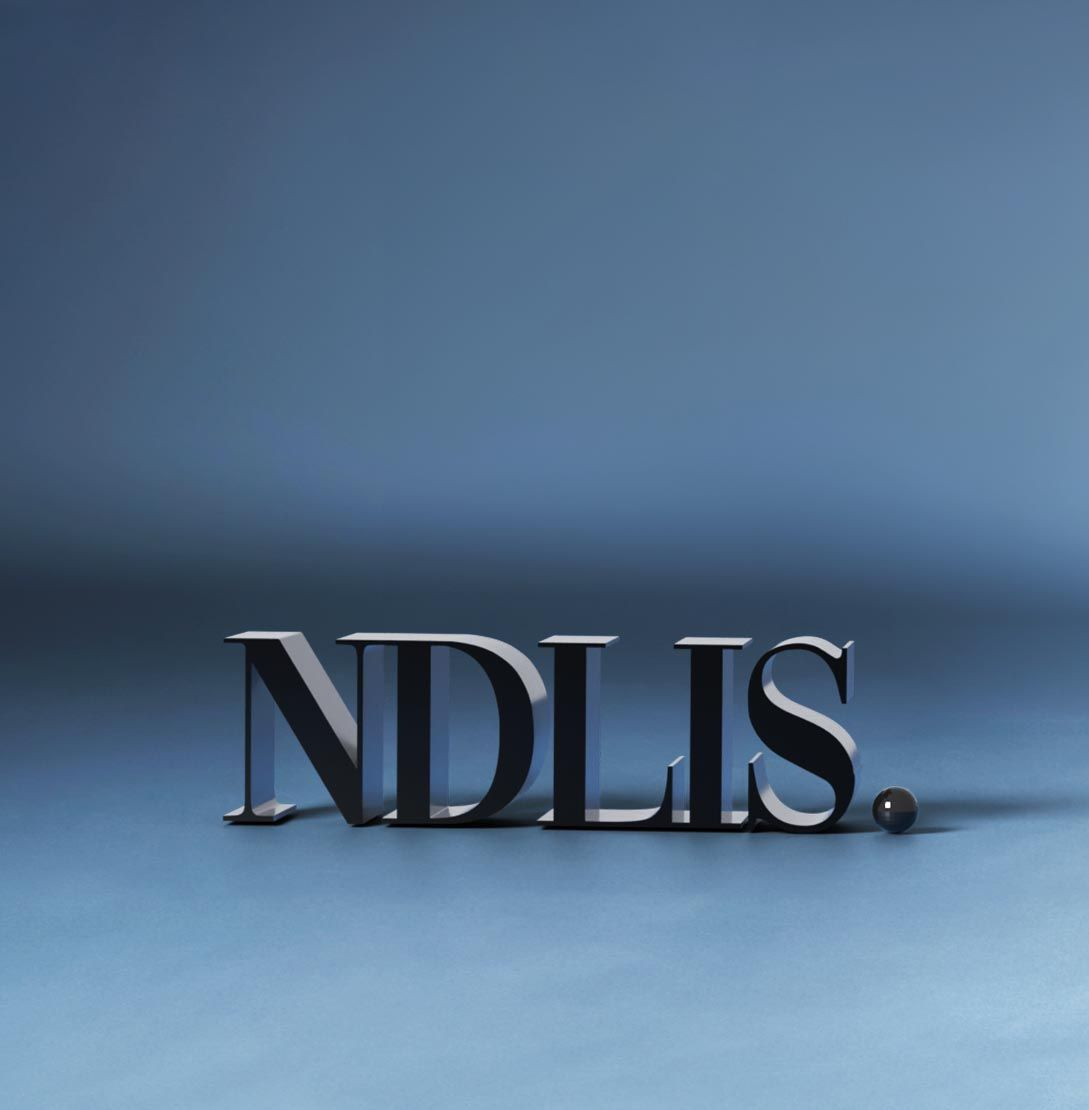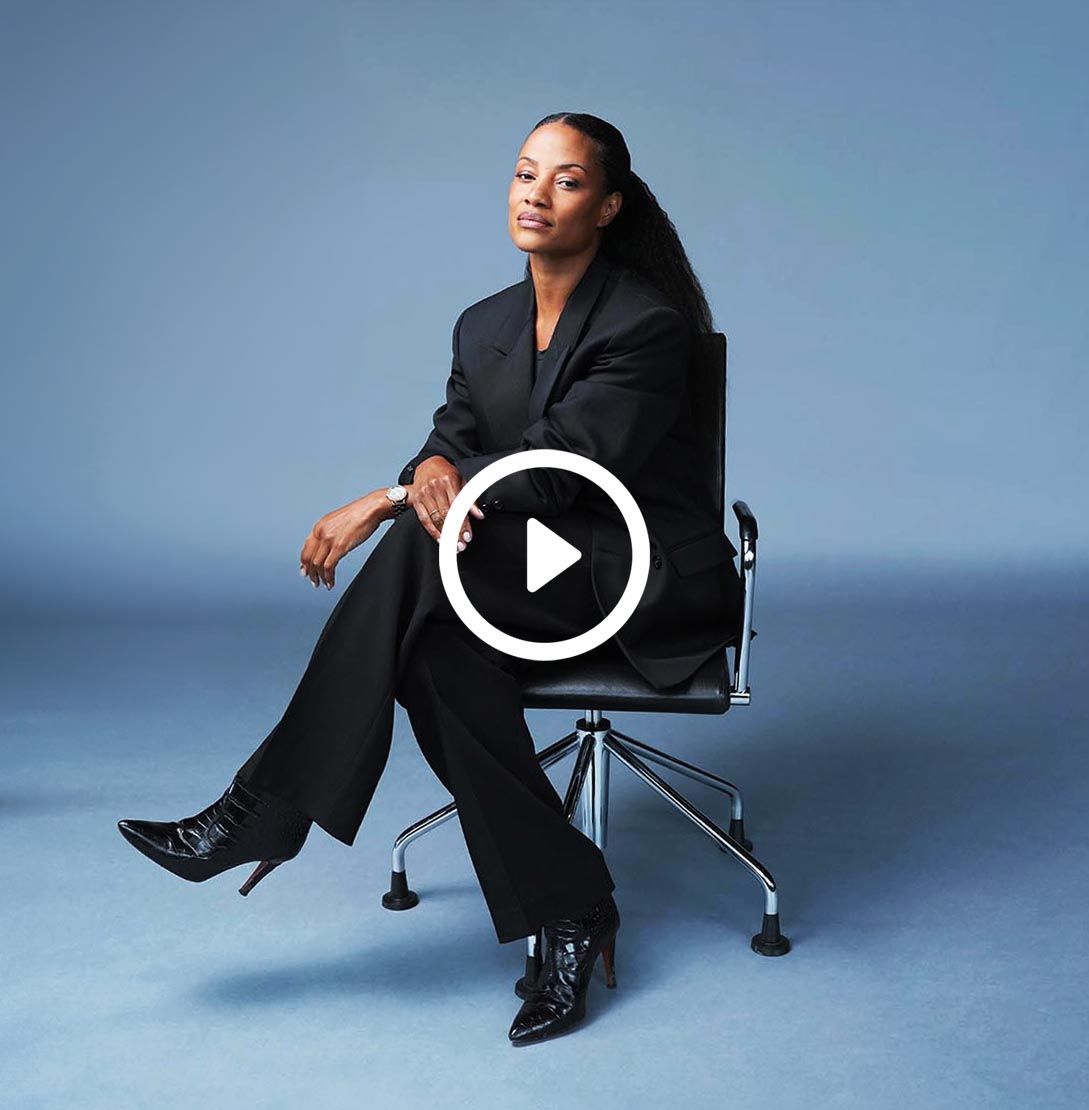Verbal & Non verbal
communication.
Together they decide what really lands.
Body language starts the conversation long before you speak. Everyone sees it. Few can read it.
That’s where communication fails: when your body language says maybe and your words say yes.
Angellisa Michaela Wong-A-Soy, body language expert and training actress, shows professionals what the limbic brain already shows through body language and micro-expressions, before communication loses transparency and precision.
Because non-verbal communication isn’t a trick.
It’s the limbic system translating emotion into movement, always interpreted from baseline and context. Therefore, never one-fits-all.
Words only convince when your body language agrees.
NDLIS. Non-verbal Dynamics & Live Impact Strategies.
What body language coaching does; in just one session
We all send signals through body language. But when words and non-verbal signals don’t match, communication becomes unclear.
Messages get misread.
Assumptions take over.
You recognise it: conversations that drag on, polite answers that say little, decisions that miss the point, or overlooked situations that later turn into problems. Moments you could have spotted earlier; if you knew what to look for.
It’s not coincidence.
Your body language speaks before you do, and people read it; consciously or unconsciously.
But not everyone can translate what they see.
And not everyone catches it.
Communication is both verbal and non-verbal.
When they clash, people believe the non-verbal.
That’s where meaning gets distorted. Emotions rise.
A small misunderstanding caused by misreading turns into unnecessary conflict.
After one session, you’ll be able to:
■ Recognise your own unconscious signals
■ Communicate clearly, calmly and with impact
■ Decode what others show, even when they don’t say it
■ Prevent miscommunication and unnecessary friction
■
Reach the real core of the conversation faster
How it works
Every conversation has two layers.
While you focus on words, your limbic brain is already translating emotion into movement
through micro-expressions, posture and tone.
The other person’s brain does the same.
Once you know what you project, you’ll start to read what others reveal.
That’s when communication becomes transparent and precise.
As a training actress, I mirror both the verbal and non-verbal in real time.
It shows where your message lands, where it stalls, and when your body language says something your words don’t.
This brings focus and direction especially in roles where observation and response determine the outcome
such as case management, coaching or training.
True transparency isn't in what you say; it's in what you show when you can't share everything.
It’s not about analysing behaviour.
It’s about noticing what you or the other person reveal without realising or intending to.
Reading body language and micro-expressions brings both sides of a conversation into focus.
Non-verbal signals shape the impression;
words make the message clear. Together they create communication that’s complete.
Micro-expressions are brief involuntary facial movements, often less than half a second, that reveal genuine emotion even when someone tries to hide or suppress it.
Paul Ekman
Professor of Psychology, UCSF
Mismatch costs trust and credibility
Case: A 'warm' smile at the wrong moment.
An insurance employee automatically smiled when his client had just received bad news.
The smile was meant to be warm but it was fabricated.
A learned response to keep the situation calm.
It came from survival, not from connection.
The client sensed the inconsistency.
Trying to fix it, the employee smiled even more.
His body language no longer matched the situation or the words. Within seconds, the client lost trust. Empathy collapsed.
The conversation ended with a complaint: “Unprofessional.”
He didn’t understand why.
The mismatch between his words and body language changed everything.
What’s in it for you:
You’ll find out what your body language really says when pressure hits.
You’ll learn to match message and emotion so trust stays intact; even in tough conversations.
With direct feedback you:
■ Experience what your body language truly says and how it lands
■ Spot who (type) or what triggers tension and your automatic response
This lets you:
■ Make verbal and non-verbal communication line up (congruent)
■ Guide the conversation without slipping into old habits
■ Stay calm and authentic—even when delivering difficult news




